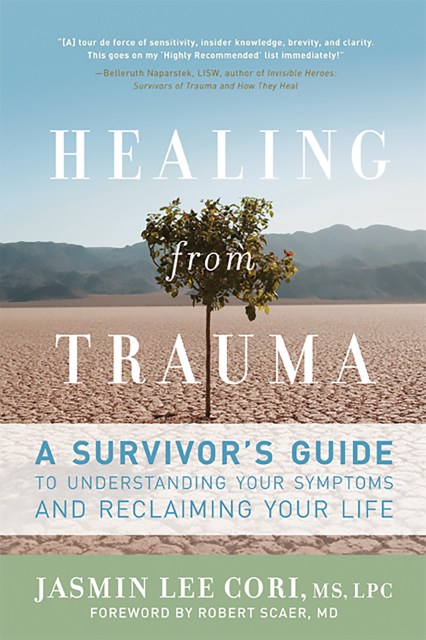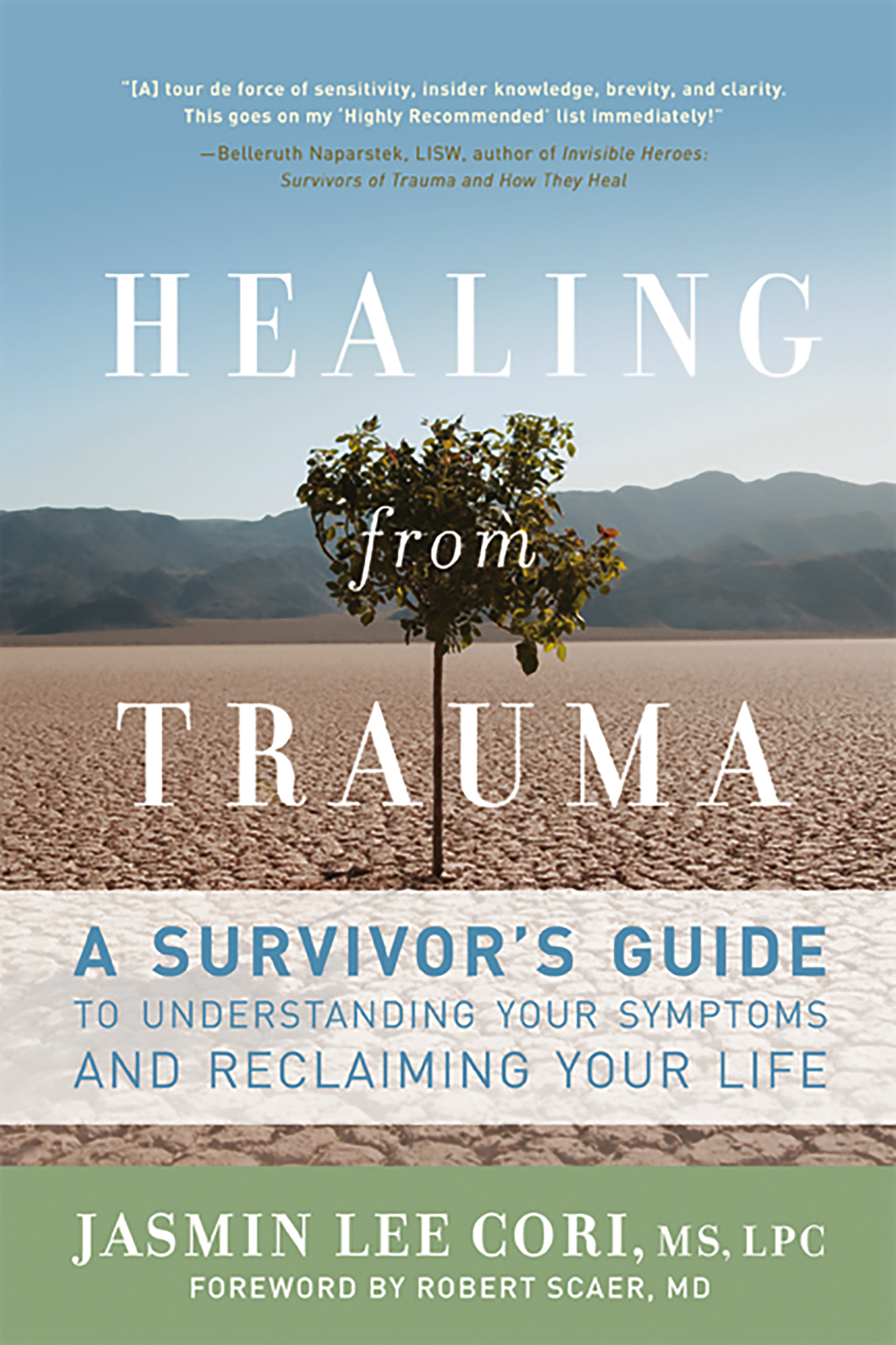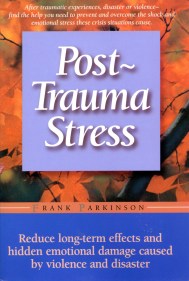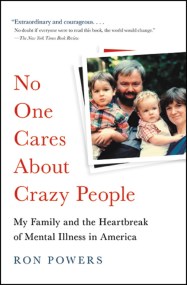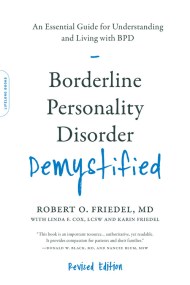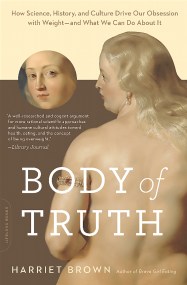Promotion
Use code MOM24 for 20% off site wide + free shipping over $45
Healing from Trauma
A Survivor's Guide to Understanding Your Symptoms and Reclaiming Your Life
Contributors
Foreword by Robert Scaer, MD
Formats and Prices
Price
$18.99Price
$23.99 CADFormat
Format:
- Trade Paperback $18.99 $23.99 CAD
- ebook $9.99 $12.99 CAD
- Audiobook Download (Unabridged)
This item is a preorder. Your payment method will be charged immediately, and the product is expected to ship on or around January 8, 2008. This date is subject to change due to shipping delays beyond our control.
Also available from:
While there are many different approaches to healing trauma, few offer a wide range of perspectives and options. With innovative insight into trauma-related difficulties, Jasmin Lee Cori helps you: Understand trauma and its devastating impacts; Identify symptoms of trauma (dissociation, numbing, etc.) and common mental health problems that stem from trauma; Manage traumatic reactions and memories; Create a more balanced life that supports your recovery; Choose appropriate interventions (therapies, self-help groups, medications and alternatives); Recognize how far you’ve come in your healing and what you need to keep growing. Complete with exercises, healing stories, points to remember, and resources, this is a perfect companion for anyone seeking to reclaim their life from the devastating impacts of trauma.
Genre:
- On Sale
- Jan 8, 2008
- Page Count
- 288 pages
- Publisher
- Da Capo Lifelong Books
- ISBN-13
- 9781600940613
Newsletter Signup
By clicking ‘Sign Up,’ I acknowledge that I have read and agree to Hachette Book Group’s Privacy Policy and Terms of Use
